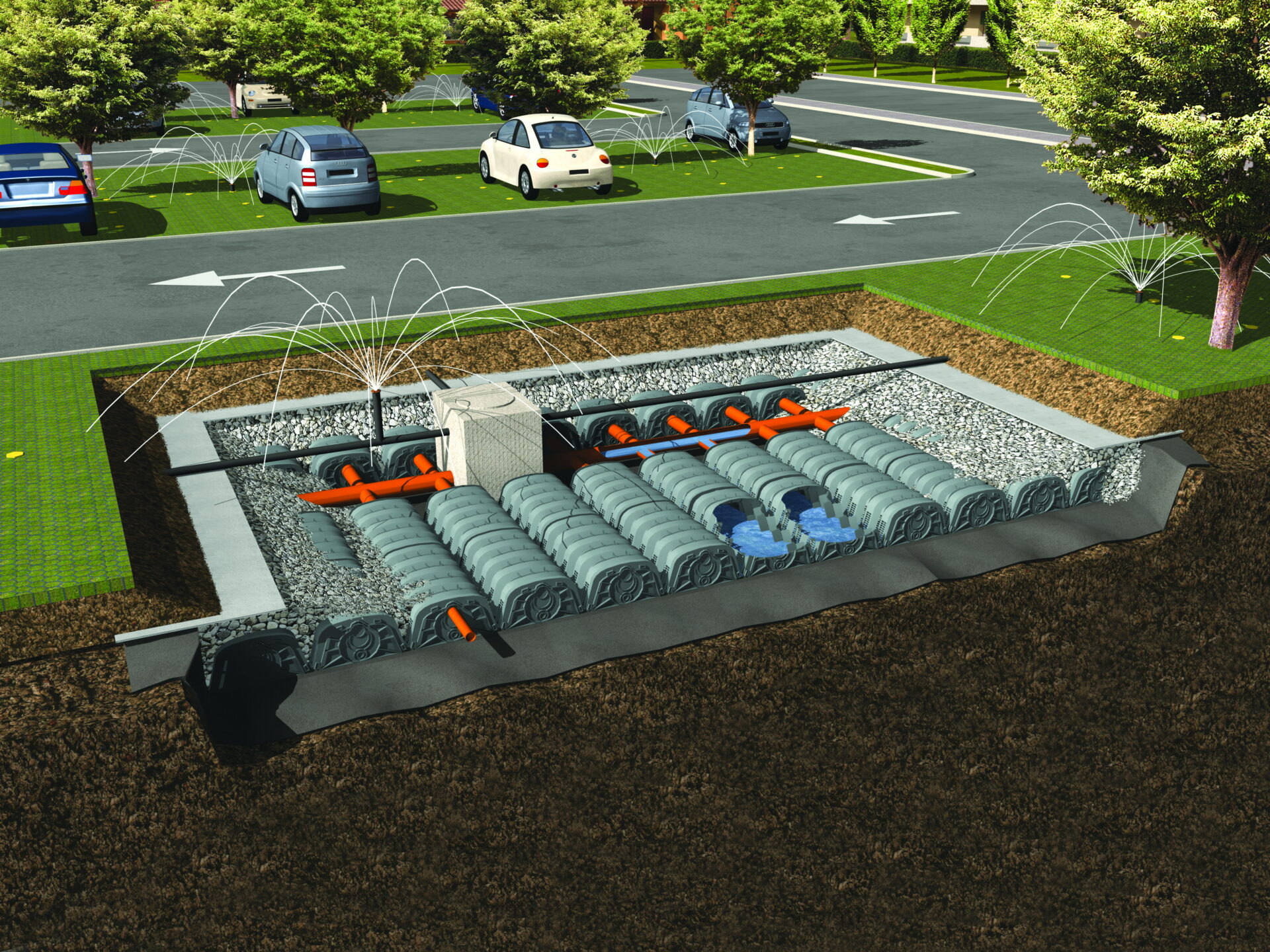
It is not certain that currently there are more rainfalls than in the past; we do not have real data in our files to be sure of that. Certainly, we have more impermeable lands though, which generates an issue of water management and disposal.
It is worth reminding that in Genoa, to stick to the up-to-date matters, the disasters that occurred last autumn were caused by 12 cm rainfall of 30 minutes.” All these issues can be dealt with through the integration of green areas. Another aspect is the efficiency of primary resources of which water is crucial. “Apart from the hydrogeological aspect it is also important to think of accumulation. For instance, it is possible to have self-watering flowerbeds, such as those on the roundabouts, which are more and more frequent in our cities.
This is possible due to underground reservoirs that collect excess water and manage it on the basis of different needs. Such improvements are not even expensive, it is rather the culture in this respect that is necessary. It is advisable to avoid ground tanks as they are dangerous as mosquito bogs and pose threat to human security. For example, Germany pays particular attention to the methods of green area watering, forecasting very high costs for those who use water from conduits and de-taxing those who act differently. A similar political choice greatly favors the creation of self-sufficient green areas and the collection of rainwater.”
In order for a city of the future to be really designed in advance, it has to revise, applying a holistic approach, its different constituting elements. Yet, we cannot do without politics that needs to indicate the way, above all as Pegoraro concludes: “It is necessary to revise the city planning according to an approach of environmental balance where the ‘greenery’ is not a pleasant aspect of architecture, but a real advantage for the environment.”
Per ricevere quotidianamente i nostri aggiornamenti su energia e transizione ecologica, basta iscriversi alla nostra newsletter gratuita
e riproduzione totale o parziale in qualunque formato degli articoli presenti sul sito.


















